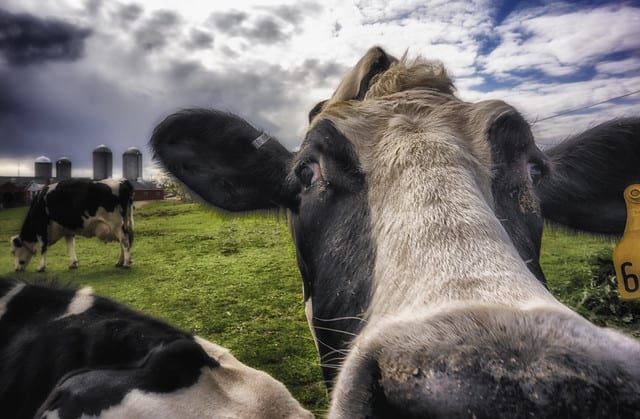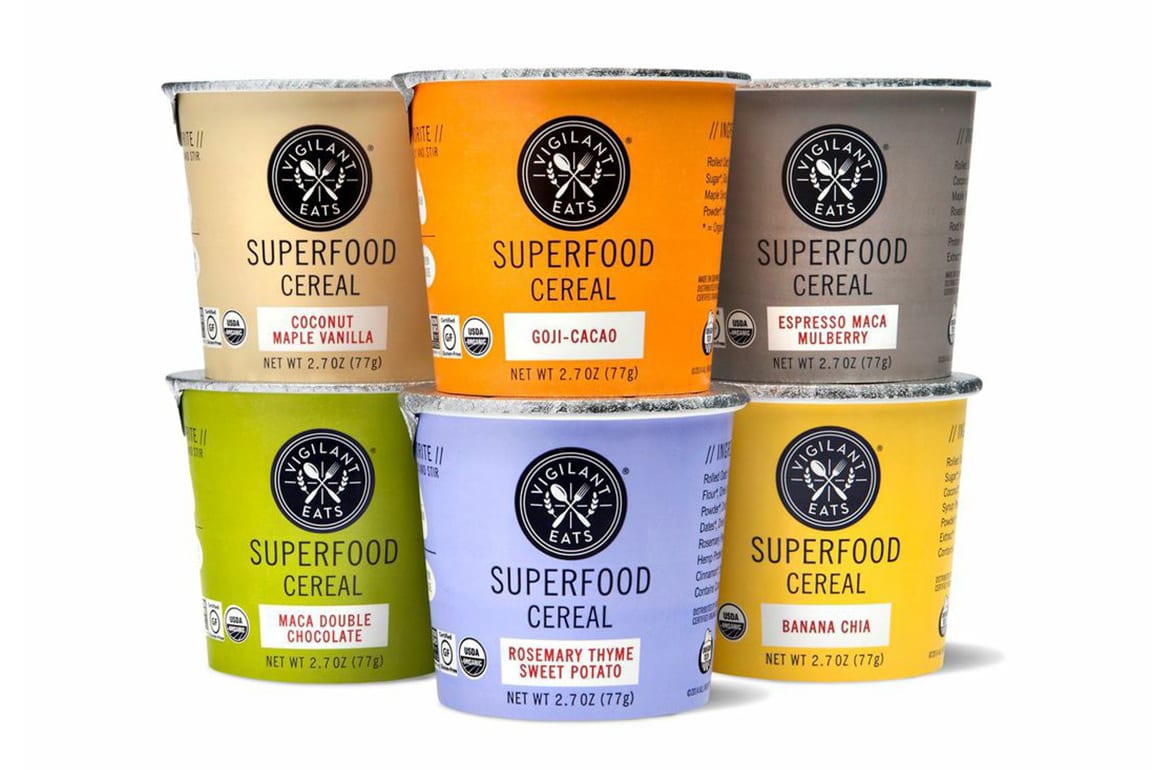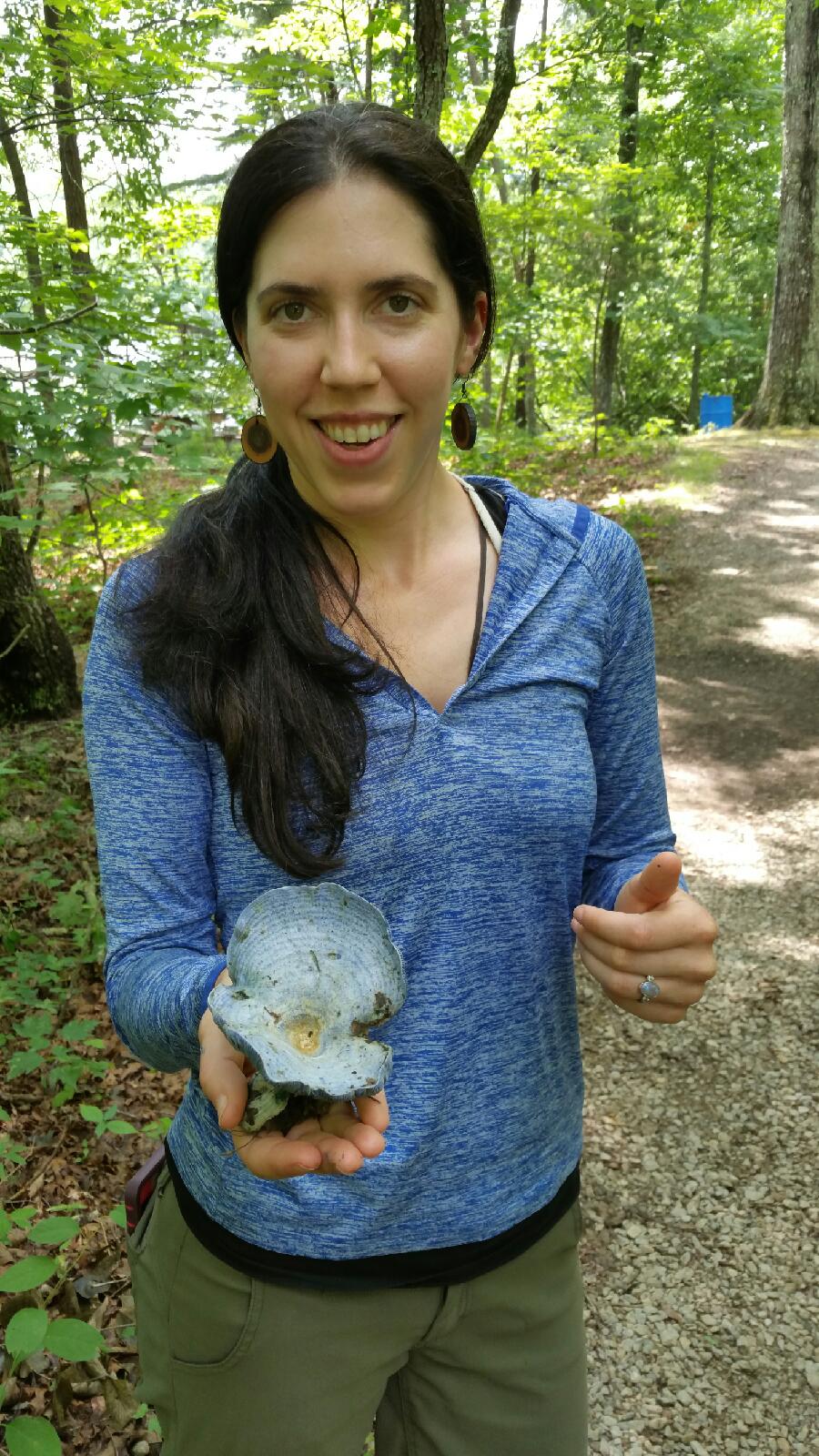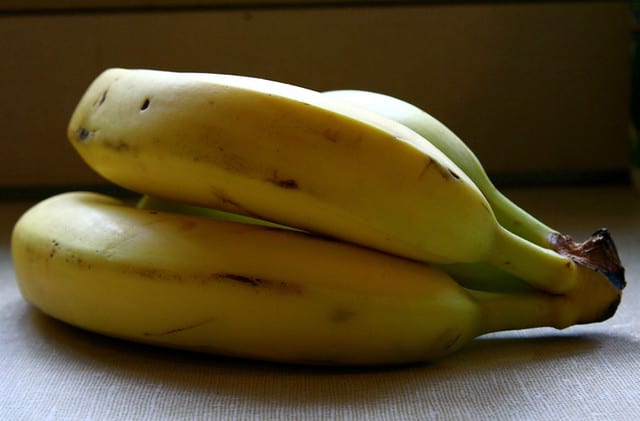The year is 2019; the place, your local grocery store. You, the unwary consumer, wander the aisles on your weekly shopping excursion. Reaching for the milk, you hesitate; “non-GMO” is emblazoned across one milk carton. Meanwhile another label holds no such distinction. It does not assure you, the consumer, that its contents are free of “harmful” GMOs. You are struck with indecision. What to do?
Well, what if I told you all dairy milk is non-GMO, and there are currently no genetically modified dairy cattle in use by the dairy industry? What that non-GMO milk label actually means is that the cows who produced the milk were fed a diet supplemented with only non-GMO grain. However, a literature review has shown that in numerous analyses of animal by-products, DNA fragments from genetically modified feed have never been detected in eggs, milk or meat from animals which consumed those GMO feeds.

With the continually rising popularity of organic and clean living, a plethora of packaging publicizing products as a panacea to a puzzled populace has become a persistent problem – whew! What I mean to say is that the hype surrounding healthy living has given rise to companies utilizing buzzwords such as ‘non-GMO', ‘organic', ‘vegan' and, my personal favorite, ‘superfood' to sell products to consumers. This sentence makes a lot more sense than the one before it, right? Buzzwords used to market products to consumers can sometimes have a bit of the same effect; it sounds fancy and smart, but what is it actually telling you? Here, we will explore the dichotomy between the marketing and actual meaning behind some common buzzwords.

There is no federal oversight or regulation of the term ‘superfood'. This means that the Food and Drug Administration (FDA), does not manage how companies use the term in marketing their products. Superfoods are generally assumed to possess high levels of vitamins, minerals, antioxidants or in some way benefit human health. However, many products are labeled according to the shifting tides of the latest health crazes, often without any scientific basis. Without any regulated standard as to when a product may be labeled as a superfood, consumers have no guarantee beyond the manufacturer's claim that said product has any elevated health benefits.
One of the first known uses of the term superfood was in the US after World War I. The United Fruit Company utilized the term as a marketing strategy to promote the sale of bananas, one of their major imports. By running an enthusiastic marketing campaign centered around the espoused virtues of bananas, including informational pamphlets on the health benefits of bananas, the United Fruit Company seeded a major health craze in the early 20th century.
Much like ‘superfood', the United States does not employ a precise definition of what constitutes a Genetically Modified Organism (GMO). Rather, the FDA and the Environmental Protection Agency (EPA) oversee whether a product should be labeled as GMO or non-GMO. However, with no consensus as to what constitutes a GMO, the definition and subsequent regulation are murky at best. Further complicating the matter; according to US regulations, all organic products must be non-GMO, however not all non-GMO products are organic. In addition, since the definition of ‘organic' is ‘process-based' in the US, the “presence of detectable GMO residues alone does not necessarily constitute a violation of the [organic] regulationâ€.
To better understand how complex these definitions can be, let us revisit our friend the banana. Organic bananas are available in most grocery stores alongside bananas not certified as organic (conventional). However, most bananas (organic and conventional alike) currently under mass production are essentially clones. Bananas today are extraordinarily different from their wild progenitors, who were smaller, starchier, and full of large, inedible brown seeds. Through selective breeding a banana with much sweeter flesh and small, infertile seeds was developed: the Cavendish banana. Clones, in this case small rhizomes produced naturally by a mature plant, are one of the only ways to obtain new individuals in the face of infertile seeds. ‘Clones' do not fall under the definition of what constitutes a non-organic product or GMO, therefore bananas grown without assistance of certain herbicides or pesticides are labeled as organic.
The next time you head to your local grocery store, consider this: many terms used to espouse alleged superior health benefits or increased safety are subject to unclear and subjective definitions. Just because a product is labeled as a “superfood,” doesn't mean it has superpowers. Stay informed, eat healthy, and happy shopping.
About the Author
 |
Megan Buland is a graduate student in the Warnell School of Forestry & Natural Resources at UGA, where she studies forest health and microbial community ecology. When not visiting field sites or working under the flow hood, Megan is passionate about environmental communication and education, and exploring in nature. She enjoys rock climbing and hiking and loves her dog, Madra. You can reach Megan at megan.buland@uga.edu. More from Megan Buland. |
About the Author
- athenssciencecafehttps://athensscienceobserver.com/author/athenssciencecafe/April 17, 2020
- athenssciencecafehttps://athensscienceobserver.com/author/athenssciencecafe/April 12, 2020
- athenssciencecafehttps://athensscienceobserver.com/author/athenssciencecafe/April 3, 2020
- athenssciencecafehttps://athensscienceobserver.com/author/athenssciencecafe/March 30, 2020








